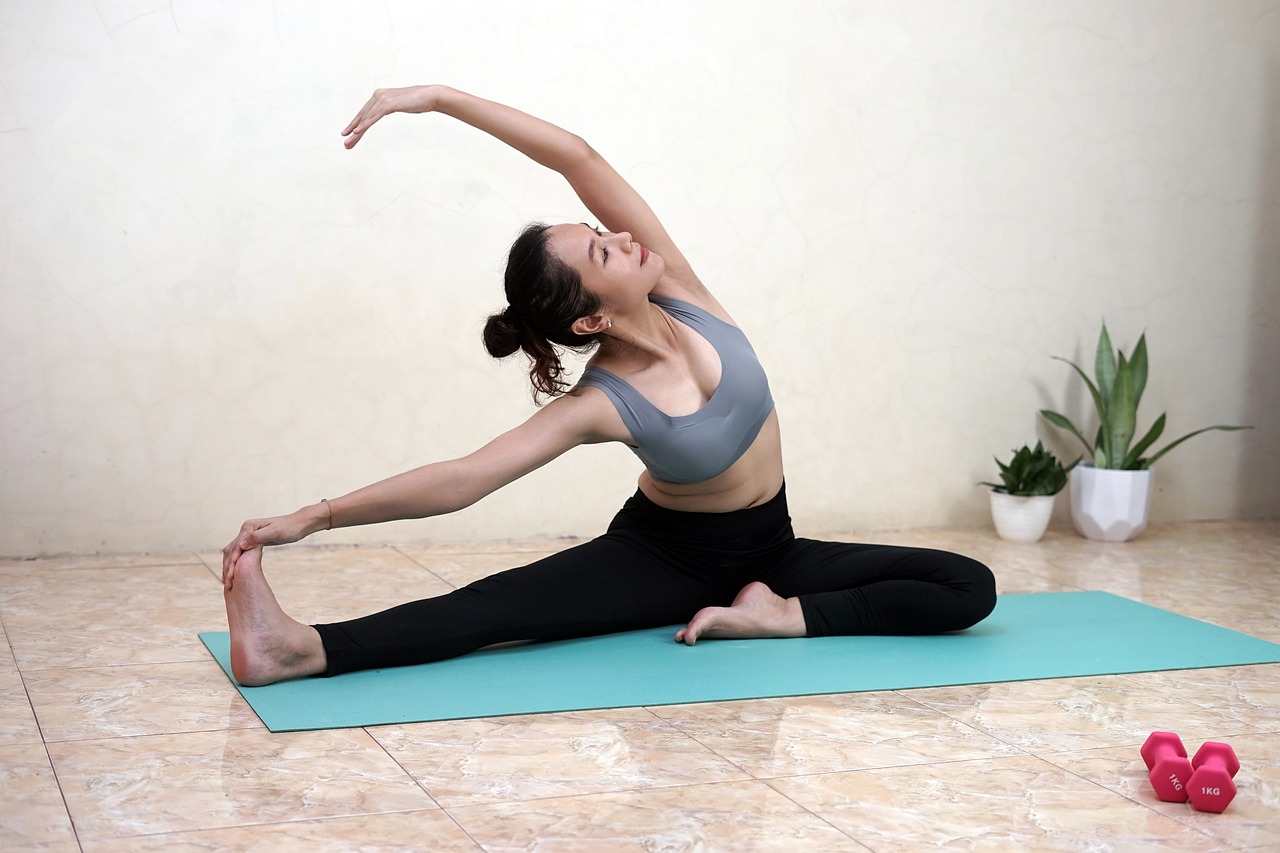In today’s fast-paced world, finding time to hit the gym can be a challenge for many. However, the convenience of home workouts has made it easier than ever to stay fit and healthy without stepping out of your living space. Whether you’re a busy professional, a stay-at-home parent, or simply someone looking to squeeze fitness into a hectic schedule, this comprehensive guide to effective home workouts is your key to sweating it out efficiently and effectively, right from the comfort of your home.

The Benefits of Home Workouts
Before diving into the how-tos, let’s explore why home workouts can be just as effective, if not more, than traditional gym sessions. Home workouts offer unparalleled flexibility, allowing you to exercise at any time that suits your schedule. There’s no travel time involved, no waiting for equipment, and you have the freedom to wear whatever you’re comfortable in. Moreover, with the right approach, you can achieve remarkable results without the need for expensive equipment or a large space.
Setting Up Your Home Workout Space
Creating a dedicated workout space, even if it’s just a corner of a room, can significantly boost your motivation and commitment. Here’s how to set it up:
- Choose Your Space: Ideally, find a spot with good ventilation and enough room to move around freely. It doesn’t have to be large, just functional.
- Equipment Essentials: While many effective workouts don’t require any equipment, having a few basics like a yoga mat, resistance bands, and a set of dumbbells can enhance your exercise routine.
- Keep It Organized: Store your workout gear neatly. An organized space invites you to use it more often.
Planning Your Home Workout Routine
An effective home workout routine balances cardiovascular exercises, strength training, and flexibility workouts. Here’s how to structure your routine for maximum benefit:
- Warm-Up (5-10 minutes): Start with dynamic stretches or light cardio to get your heart rate up. This prepares your muscles for a more intense workout and reduces the risk of injury.
- Cardiovascular Workouts (20-30 minutes): This can include jumping jacks, high knees, or even dancing. If you have a jump rope or a stationary bike, these are great additions to your cardio routine.
- Strength Training (20-30 minutes): Use your body weight for exercises like push-ups, squats, and lunges. If you have dumbbells or resistance bands, incorporate them to add resistance and challenge your muscles.
- Flexibility and Cool Down (10-15 minutes): End your workout with a series of stretches to improve flexibility and help your muscles recover.
Sample Workouts for Different Fitness Levels
Beginners:
- Cardio: March in place or go for a brisk walk.
- Strength: Do wall push-ups, seated squats, and leg raises.
- Flexibility: Focus on basic stretches targeting major muscle groups.
Intermediate:
- Cardio: Jump rope or perform high knees.
- Strength: Incorporate bodyweight exercises like push-ups, planks, and lunges.
- Flexibility: Add yoga poses or Pilates exercises to improve flexibility and core strength.
Advanced:
- Cardio: Do interval training or use a stationary bike.
- Strength: Use dumbbells for bicep curls, tricep extensions, and other targeted exercises.
- Flexibility: Engage in a comprehensive stretching routine or advanced yoga poses.
Staying Motivated
Staying motivated can be challenging, especially when working out alone at home. Here are some tips to keep you inspired:
- Set Clear Goals: Whether it’s losing weight, building muscle, or improving endurance, having clear goals can help you stay focused.
- Track Your Progress: Keep a workout log or use fitness apps to track your progress. Seeing improvements over time can be a huge motivator.
- Create a Schedule: Treat your workout time as you would any important appointment. Consistency is key to seeing results.
- Mix It Up: Variety in your workout routine can keep things interesting and prevent boredom. Try new exercises or workout styles to keep your routine fresh.
Overcoming Common Challenges
Lack of Equipment
Not having gym equipment at home is a common concern, but many exercises can be performed with just your body weight. Get creative with household items — a chair for tricep dips, a towel for resistance exercises, or cans of food as makeshift dumbbells.
Limited Space
You don’t need a lot of space to get a good workout. Focus on exercises that can be done in a stationary position or require minimal movement, such as squats, push-ups, and yoga.
Staying Consistent
Building a habit takes time. Start with shorter, more manageable workouts and gradually increase their length and intensity. Finding a workout buddy, even virtually, can also help keep you accountable.
Conclusion
Home workouts offer a flexible, convenient, and effective way to achieve your fitness goals. By setting up a conducive workout space, planning a balanced routine, and staying motivated, you can make the most of your at-home exercise sessions. Remember, the key to success is consistency and the willingness to push yourself a little further each day. So lace up your sneakers, roll out your yoga mat, and get ready to sweat at home like never before.
Stelly is a health enthusiast and a devoted mom who channels her passion for wellness into her writing. With a strong focus on living a balanced and healthy lifestyle, she shares insights on everything from nutrition to self-care. Her love for yoga and staying active reflects her commitment to personal well-being, and she enjoys finding peaceful moments to read and recharge. Stelly's experiences as a mother and her dedication to health inspire her to offer practical, relatable advice to others looking to enhance their well-being while navigating the demands of daily life.
